
Zaha Hadid embraced the potential of deconstructivism
Continuing our series revitising deconstructivist architecture we look at the late Zaha Hadid, the "queen of the curve" who designed the Heydar Aliyev Centre and London Aquatics Centre. More

Continuing our series revitising deconstructivist architecture we look at the late Zaha Hadid, the "queen of the curve" who designed the Heydar Aliyev Centre and London Aquatics Centre. More
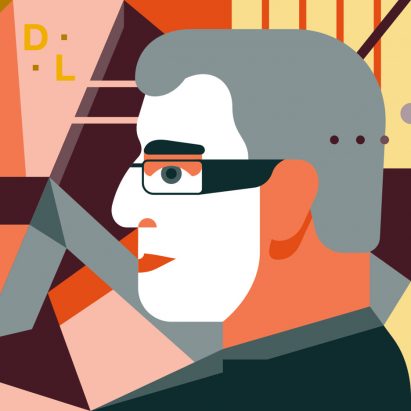
We continue our deconstructivist architecture series with a profile of Daniel Libeskind who designed one of the movement's most evocative buildings, the Jewish Museum Berlin. More
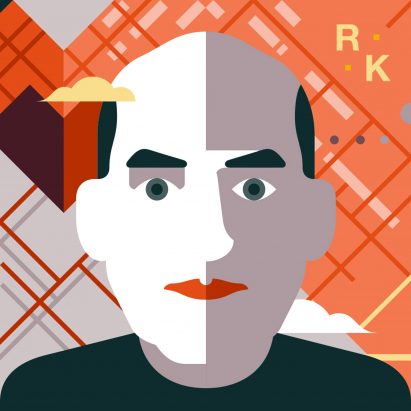
Continuing our series revitising deconstructivist architecture, we profile Dutch architect Rem Koolhaas, who is the driving force behind architectural powerhouse OMA. More

Continuing our series revitising deconstructivist architecture, we profile French-Swiss architect Bernard Tschumi, who designed the seminal Parc de la Villette in Paris. More
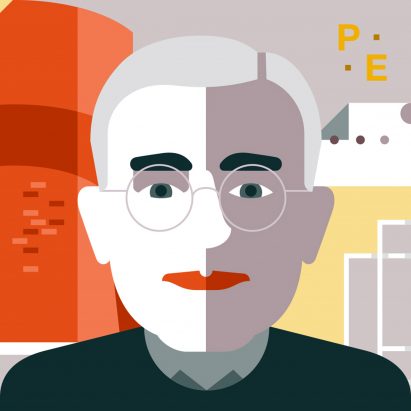
Continuing our series revitising deconstructivist architecture, we profile Peter Eisenman, the US architect behind the Wexner Center for the Arts and the Memorial to the Murdered Jews of Europe. More

We continue our high-tech architecture series with a profile of Michael and Patty Hopkins, who designed one of the movement's most pragmatic buildings – Hopkins House – and went on to develop historicist high-tech architecture. More

Renzo Piano designed one of high-tech architecture's seminal buildings – the Centre Pompidou. Continuing our high-tech architecture series, we profile the Italian architect who was a key figure in the largely British-led movement. More

Anthony Hunt worked with architects Norman Foster, Richard Rogers, Michael and Patty Hopkins and Nicholas Grimshaw to engineer some of high-tech's greatest buildings. We continue our high-tech architecture series with a profile of the influential engineer. More

We continue our high-tech architecture series with a profile of Nicholas Grimshaw, who has stayed true to his high-tech ideals over a career spanning more than 50 years. More

We continue our high-tech architecture series by looking at Norman Foster, the architect of high-tech highlights for five decades including Reliance Controls in the 1960s, the Sainsbury Centre in the 1970s, HSBC in the 1980s, Stansted Airport in the 1990s and the Gherkin in the 2000s. More
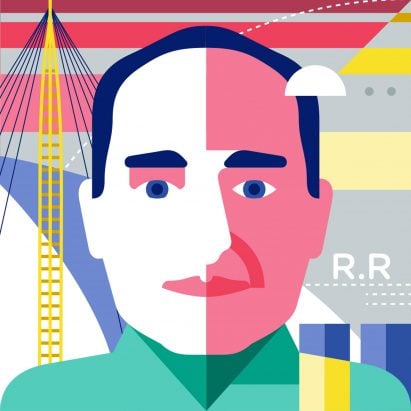
We continue our high-tech architecture series with a profile of Richard Rogers, the architect of two of the movement's best-known inside-out buildings, Centre Pompidou and the Lloyd's building. More

Marcel Breuer is famous for his tubular steel furniture, yet his real interest was architecture. For our Bauhaus 100 series, marking 100 years of the influential school, we profile the Hungarian designer who championed a rational approach to design. More

The third and final Bauhaus director was one of the world's best-known architects. As we continue our Bauhaus 100 series, celebrating 100 years of the hugely influential school, we profile the modernism pioneer, Ludwig Mies van der Rohe. More

Anni and Josef Albers met at the Bauhaus and both became hugely influential designers. As we continue our Bauhaus 100 series celebrating the school's centenary, we explore the couple's works and legacy. More

Swiss architect Hannes Meyer led the Bauhaus between the giants of Walter Gropius and Mies van der Rohe. As we continue our Bauhaus 100 series exploring the school's centenary, we profile the director with a marred legacy. More

Herbert Bayer created the Bauhaus' typographic identity. As we continue our Bauhaus 100 series celebrating the school's centenary, we explore how the Austrian designer's lettering became synonymous with the school. More

German architect Walter Gropius founded the Bauhaus in 1919. As we continue our Bauhaus 100 series exploring the school's centenary, we profile the man who had a vision to make art accessible to the masses, not just a luxury of the few. More
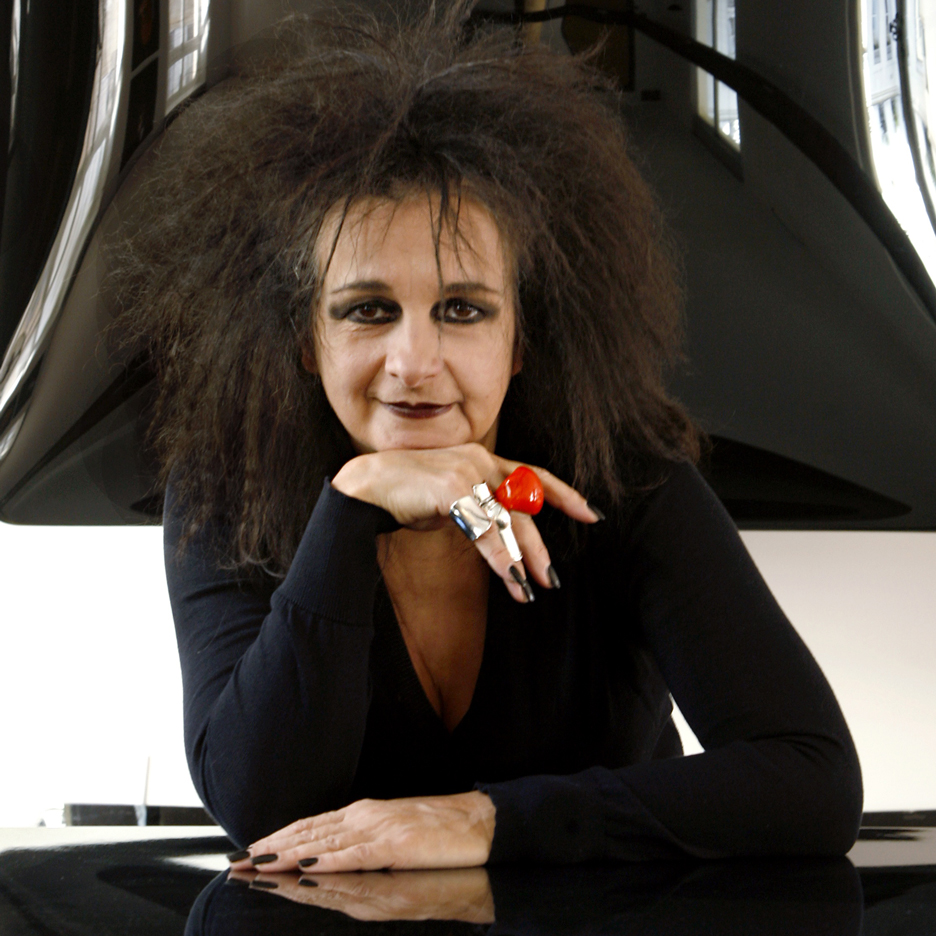
Profile: Odile Decq has been awarded with the Jane Drew prize for promoting the role of women in architecture, but with the launch of her own architecture school, her impact on French architecture could be much wider (+ slideshow). More